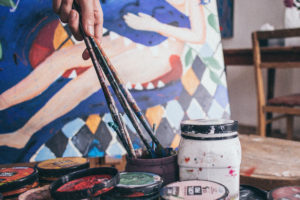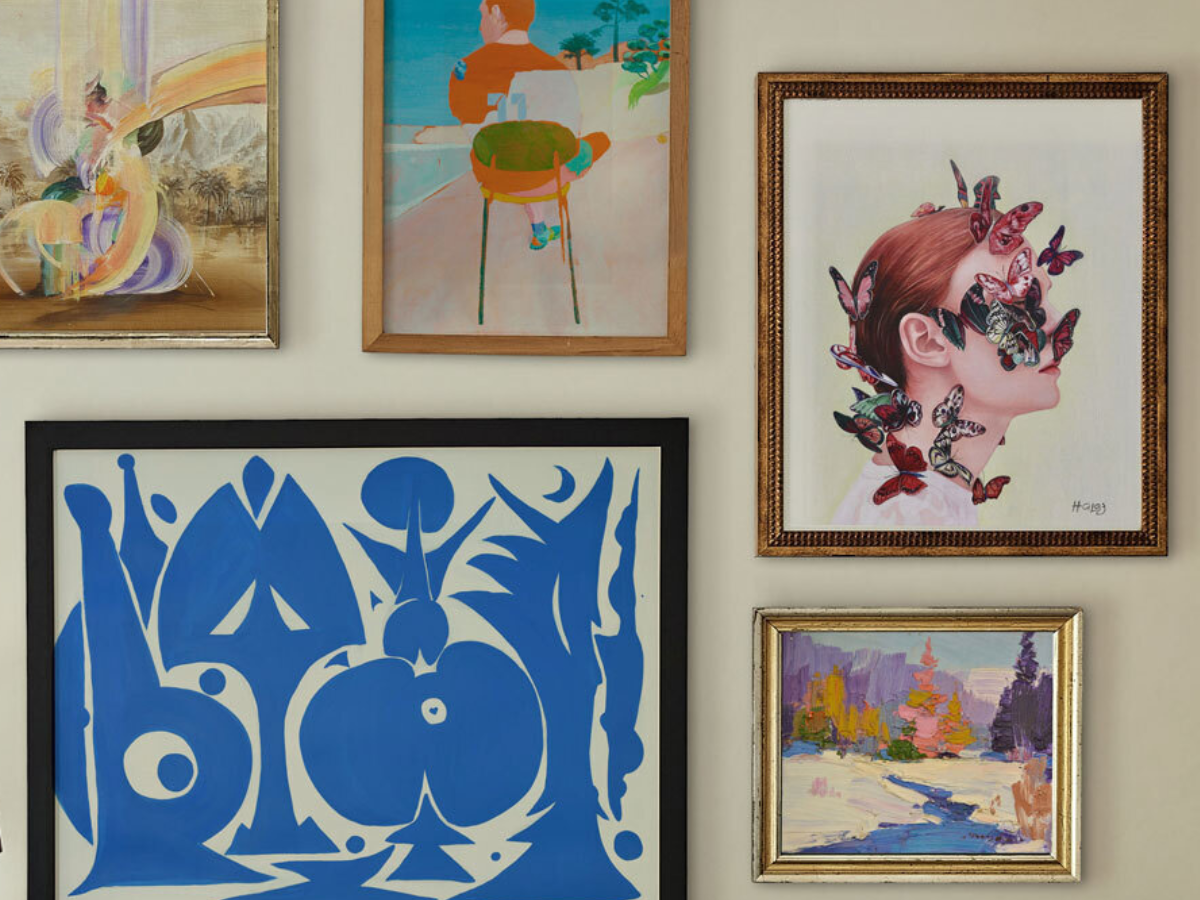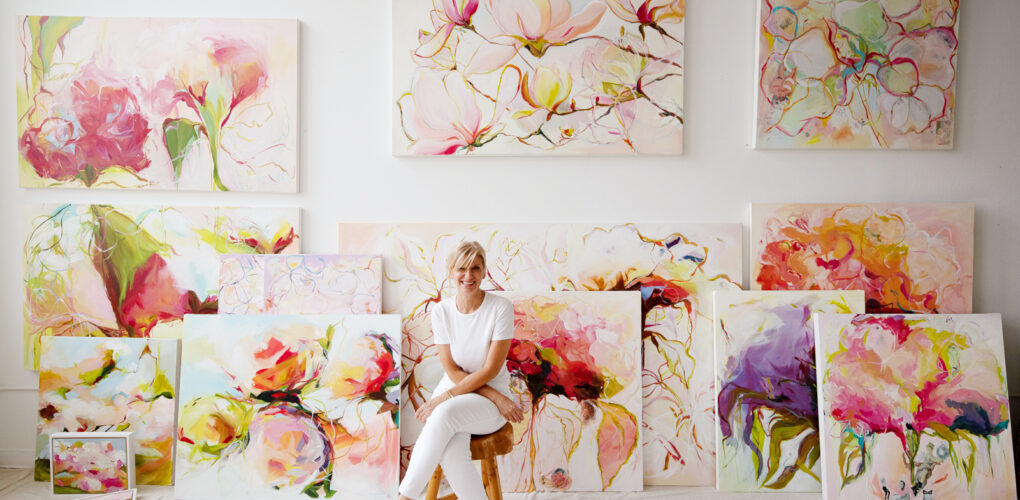How-To
How to Collect Paintings: A Beginner’s Guide
Without a doubt, painting remains the most popular medium for modern art collectors.
From the prehistoric cave murals to Van Gogh’s vivid landscapes to ultra-contemporary figuration, it has long been a vehicle for artistic expression. Today, contemporary artists are reinterpreting traditions in fresh and unexpected ways, making it an exciting moment for first-time collectors. This guide breaks down how to collect paintings with practical tips for first-time art buyers, so you can confidently bring home art that you love.
What are the different types of paintings?
First-time collectors can make informed choices by understanding the materials and techniques behind the artwork. Each type of paint offers a unique visual quality, and knowing the difference can help you choose works that suit your taste.

Oil Paint: A cornerstone of art history, oil paintings are prized for their richness, depth, and durability. The slow-drying process allows for nuanced blending and thick, textured brushwork, resulting in works with striking presence. Collectors choose oil paintings for their timeless quality and ability to anchor a room.
Acrylics: Acrylic paintings are celebrated for their vibrant color, versatility, and more accessible price points than oil paintings. Their adaptability made them a go-to for Abstract Expressionists and Pop artists, and acrylics remain popular in contemporary art.
Watercolor and Gouache: Watercolors create soft, translucent layers, while gouache offers a more opaque, velvety finish. Both are ideal for collectors interested in light and luminous works. These works often come on paper, also making them affordable options for getting started.
Other Mediums: For art buyers who want something distinctive, mediums like tempera (used since the Renaissance) and encaustic (pigment in warm wax) offer unique textures and a sense of history. Collectors seeking unique or historic techniques may find these mediums particularly compelling, adding a conversation-starting element to their walls.
What are popular painting styles and subjects?

Painting offers a wide range of styles, each with its own techniques, subjects, and appeal for collectors.
Abstract Art: Focuses on color, form, and emotion rather than realistic representation. These works create energy and movement through mark-making, color fields, or minimalist line work.
Pop Art: Inspired by popular culture, advertising, and media, Pop art is colorful, playful, and instantly recognizable. It’s a great choice for collectors who enjoy graphic, statement-making pieces.
Impressionism: Known for soft brushstrokes, vibrant light, and atmospheric effects, Impressionist paintings often evoke a romantic mood and nostalgia.
Realism and Hyperrealism: Captures subjects with extraordinary detail, from landscapes and still lifes to portraits. Hyperrealism takes this further, producing works so precise they can resemble photographs.
Street Art and Graffiti: Once confined to urban walls, street art and graffiti channel their high energy and cultural relevance on canvas, making them an engaging choice for contemporary collections.
This is just the tipping point of painting styles that exist. If you want to narrow your search or uncover new styles you hadn’t considered, our team curates special collections to help you find your favorite paintings to collect.
What should I consider when adding painting to my collection?

Choose Art You Connect With: Collect paintings that speak to you emotionally—something you’ll enjoy seeing every day, whether it’s a vibrant Pop art piece or a serene landscape.
Consider Size and Space: Measure your walls and plan where the artwork will live. Large-scale pieces can anchor a room, while smaller works are perfect for galleries or tight spaces.
Set a Budget: Paintings range widely in price. You can start with emerging artists or smaller works on paper without stretching your finances.
Think About Longevity: Oils and acrylics are durable and low-maintenance, but they should be avoided in direct sunlight to prevent fading. Watercolors, gouache, or sketches should be framed behind UV-protected glass to prevent yellowing or damage over time.
Where can I buy original paintings online?
Whether you’re a patron of traditional oil, a fan of edgy abstracts, or a niche fan of encaustics, Saatchi Art offers a breadth of original paintings by emerging artists around the globe to collect. We also offer a complimentary and personalized art advisory service to give you one-on-one support building your painting collection.






